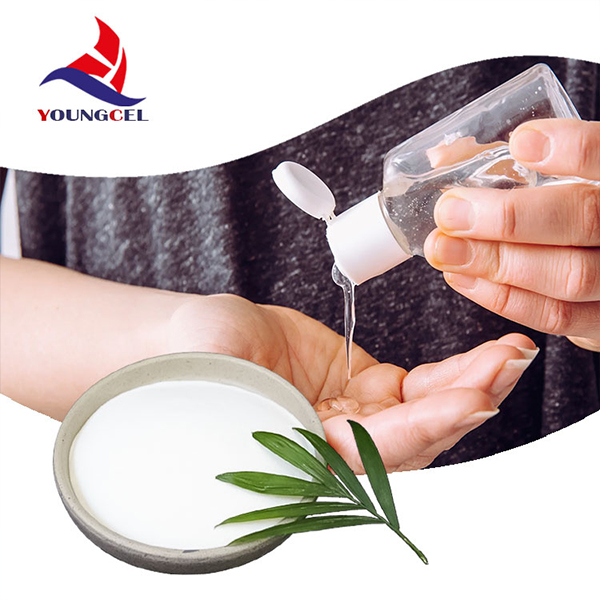Understanding Hydroxypropyl Cellulose Prices Trends, Influences, and Market Dynamics
Hydroxypropyl cellulose (HPC) is a versatile cellulose ether derived from natural cellulose, widely utilized across various industries, including pharmaceuticals, food, cosmetics, and construction. Its unique properties, such as solubility in both cold and hot water, excellent film-forming capabilities, and thickening characteristics, make it a valuable ingredient in many formulations. As with any chemical product, the price of hydroxypropyl cellulose can fluctuate due to multiple factors, which are essential to understand for businesses and consumers alike.
Market Demand and Growth Trends
One of the primary drivers of hydroxypropyl cellulose prices is the growing demand from end-use industries. The pharmaceutical sector, for example, has experienced substantial growth in recent years, particularly in the production of tablets and gels, where HPC serves as a binder and controlled-release agent. The increasing prevalence of chronic diseases and the aging population contribute to a heightened demand for effective drug delivery systems, thereby driving HPC prices upwards.
Similarly, the food industry utilizes hydroxypropyl cellulose as a stabilizer, thickener, and emulsifier, particularly in gluten-free and plant-based products. As consumer preferences shift towards healthier and more natural food options, the demand for HPC in food formulations is expected to rise, which could positively impact its market price.
Raw Material Costs
The price of hydroxypropyl cellulose is also influenced by the cost of its raw materials. Hydroxypropyl cellulose is primarily derived from cellulose obtained from wood pulp or cotton linters. Fluctuations in the prices of these raw materials due to supply chain disruptions, environmental regulations, or changes in forestry practices can directly affect the cost of HPC. Additionally, the chemicals used in the hydroxypropylation process, such as propylene oxide, can also experience price volatility based on market conditions. Therefore, manufacturers must keep a close eye on these inputs as they may impact production costs and, consequently, the final price of hydroxypropyl cellulose.
hydroxypropyl cellulos price

Global Trade and Geopolitical Factors
The hydroxypropyl cellulose market is not insular; it operates within the larger context of global trade dynamics. Tariffs, trade agreements, and geopolitical tensions can all influence market prices. For instance, disruptions in trade routes or sanctions imposed on exporting countries can lead to limited availability of HPC, driving prices up. Conversely, favorable trade agreements can lower import tariffs, potentially making hydroxypropyl cellulose more affordable.
Technological Advancements
Innovations in production processes can also play a crucial role in determining HPC prices. As manufacturers adopt more efficient technologies and sustainable practices, they may be able to lower production costs, which could lead to more competitive pricing in the market. Conversely, significant investments in new technologies or compliance with stricter environmental regulations may initially increase production costs before efficiencies are realized.
Conclusion
The price of hydroxypropyl cellulose is subject to a complex interplay of various factors, including market demand, raw material costs, global trade dynamics, and technological advancements. As industries that utilize HPC continue to grow, understanding these influences becomes essential for stakeholders looking to navigate the market effectively. Businesses must remain vigilant about market trends, evaluate their supply chain strategies, and adjust their pricing models accordingly to ensure sustainability and profitability in an evolving landscape. As the demand for hydroxypropyl cellulose continues to rise, its pricing will likely reflect the broader shifts in consumer preferences and industry standards, making it a key focus for manufacturers and consumers alike.
-
Premium Detergent Grade HPMC Hydroxypropyl Methylcellulose: Superior Thickening & StabilityNewsAug.31,2025
-
HEC 100000 Hydroxyethylcellulose for Paint | Superior ThickeningNewsAug.30,2025
-
Wall Putty Rdp Powder Packaging DesignNewsAug.29,2025
-
Introduction to Hpmc Hydroxypropyl Methyl CellulosNewsAug.29,2025
-
Hpmc Industri Grade IntegrationNewsAug.29,2025
-
How to Choose the Right Construction AdhesiveNewsAug.29,2025




